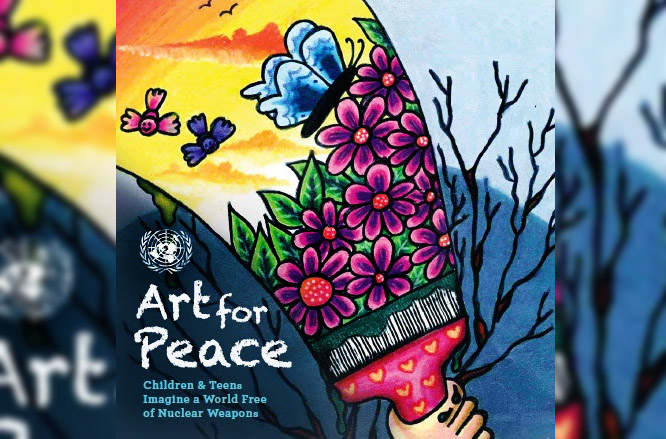A lot has in the last seven months and more since the outbreak of ethnic violence between the Kuki-Zo group of tribes and the majority Meiti community in Manipur. Even while there is a respite in actual gunfights, there is always the tension that street protests over practically anything can degenerate into chaos and mayhem, causing damages to public and private properties.
Besides all else, the internet too had transformed today into a virtual free for all battlefield, where abuses and counter abuses fly in all directions possible, escalating the embitterment on both sides of of the conflict divide.
How one wishes today that the overt violence had not occurred, and the conflict remained on virtual space only. But as this too is, in a way it could have in an extreme sense, proven to be a beneficial purge in the end. Sometimes, as psychologists tell us, it is therapeutic to even scream at the sky, or at each other, and vent all that was hidden within, instead of keeping the negative emotions closeted within while pretending bonhomie on the outside during social interactions. But sadly things went too far, and a spark at Torbung has caused a spree of murderous inferno, the damages from which will not be easy to repair for a long time.
However it is never too late to walk the road to peace. Tragic though what the state has witnessed may be, one can only hope that at the end of all the fang-baring and venom spitting then, there will be a new and more realistic dawn of intercommunity relationships in Manipur. What has become clear is (and this is not a new thing though) that the interests and aspirations of the different ethnic groups in Manipur are not at all homogenous.
As we have flagged reminders of this on several occasions, even during these seven months of extended nightmare, Manipur must leave its nostalgia about their past and come to terms with the fact of these divergence of interests in the modern times. Nobody must presume foreknowledge of what other communities want, or claim proprietorship of the state’s interest.
There is, and there will have to be, something as Manipur’s interest (geography above all determines this inevitable destiny) common to all who have made the state their home, but this common interest would have to be a result of periodic ratification. There are plenty of forums on which this can happen, beginning with the State Assembly, to interactions between civil bodies. As in any meaningful federation however, besides these common interests, there can be and should be individual interests of the different ethnic components too.
An illustration will help. Take the United Kingdom of England, Scotland and Northern Ireland. Each of them once had their separate flags. The flag of St. George for England, the flag of St. Andrews for Scotland and the flag of St. Patrick for Northern Ireland. The Union Jack, which is the flag of the United Kingdom, is a combination of these three flags.
Flag of St. George and of St. Andrew, both of which has a white banner with a red crucifix running all across its length and breath, are nearly identical so have been conjoined. The flag of St. Patrick is also a white banner with a red cross that runs diagonally across the rectangle of the banner. After changing the background to deep blue lined with thick white borders, these emblems from the three components of the nation are combined to form the now a familiar sight – the Union Jack.
This is the flag of the UK and it is used in all its official functions. However, in sporting tournaments, such as the Football World Cup, they compete separately, which is why many of us would have noticed with surprise the flag that come out during England’s World Cup matches, is the flag of St. George, the white banner with a red crucifix spanning across it, strongly reminiscent of the images we are familiar with of the Crusade of medieval Europe, and interestingly of the annals of the legendary archer, Robinhood who fought for justice of the Saxon peasants against the Norman rulers of England of the time.
Lest we are confused by these accounts of flags, the Republic of Ireland (which is different from Northern Ireland), and not a part of the UK, we know has its own separate flag, and a very secular choice of three colours identical to the Indian flag, but running in vertical rows and obviously without the Ashok Chakra.
The point we are making is, it is time for Manipur to delineate between the larger interests of the state from those of the individual communities. Beyond the common interest then, if the interests of the hill communities are protected, it entails that the valley’s interest too must receive protection to give parity.
The inability to strike the right equation so far, in which the valley is increasingly beginning to see itself as the one at the receiving end, is another big reason for the kind of trouble we are witnessing today. The pursuit of these separate interests must however not be at the cost of each other.












